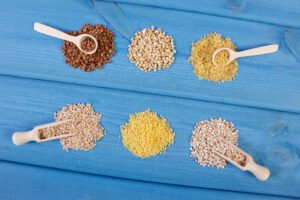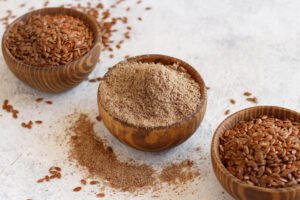Embarking on the journey of crafting homemade meals for your beloved dog is a testament to the deep bond and unwavering commitment we have to their well-being. It’s a path that leads to a closer connection, understanding, and, ultimately, a healthier life for our furry family members. This guide aims to illuminate the path with practical advice and heartfelt insights into balancing your dog’s diet with homemade meals, ensuring every bowl is a blend of nutrition, love, and care.
Understanding Canine Nutritional Needs
Just like us, our canine companions thrive on a balanced diet—the cornerstone of health and happiness. A symphony of proteins, fats, carbohydrates, vitamins, and minerals, each nutrient plays a pivotal role in their overall health. Proteins support muscle and tissue repair; fats fuel energy and cellular health; carbohydrates provide the necessary fiber and energy; vitamins and minerals fortify their immune system and ensure the smooth operation of their bodily functions.
The Benefits of Homemade Dog Food
- Customization: Tailoring meals to meet your dog’s unique needs and preferences.
- Quality Control: Choosing only the freshest and highest quality ingredients.
- Variety: Spicing up your dog’s diet with a mix of flavors and textures to keep mealtime exciting and nutritionally diverse.
Step-by-Step Guide to Balancing Homemade Dog Meals
1. Consult with a Veterinarian
Your journey should begin with professional guidance. A vet or canine nutritionist can offer invaluable insights tailored to your dog’s individual health profile.
2. Incorporate Essential Nutrients
Creating a balanced meal is an art and science, requiring:
- Proteins: Lean meats, eggs, or fish, cooked to perfection.
- Carbohydrates: A selection of cooked grains and vegetables, offering both energy and fiber.
- Fats: A dash of healthy oils for that essential fatty acid boost.
- Calcium: A sprinkle of crushed eggshells or a dedicated supplement to support bone health.
- Vitamins and Minerals: Carefully selected supplements to fill any nutritional gaps.
3. Use a Variety of Ingredients
Variety is the spice of life, providing a broad spectrum of nutrients and keeping your dog keenly interested in their meals.
4. Follow Proper Portion Sizes
Balancing the scale of nutrition with portion size is crucial. Too much or too little can lead off the path of optimal health.
5. Monitor Your Dog’s Health
Observing changes in your dog’s energy, weight, and overall health will guide you in tweaking their diet for the better, with your vet’s help.
Homemade Dog Food Recipes to Get Started
- Basic Chicken and Rice Meal: A comforting mix of chicken, rice, and carrots, blended with a spoonful of flaxseed oil for that extra nutritional punch.
- Beef and Vegetable Stew: A hearty stew of beef, potatoes, and carrots, simmered to soft perfection and enriched with olive oil.
Conclusion
The journey to homemade dog meals is a path paved with love, dedication, and the joy of seeing your dog thrive. It’s about more than just meals; it’s about nurturing their health and happiness through every bite. Remember, this journey is best navigated with the compass of professional veterinary advice, ensuring every meal is a step towards a balanced, joyful, and healthy life for your dog.
Dive deeper into the world of homemade dog food recipes, holistic care, and canine nutrition at SuperDog Diets, where we continue to explore and share the art of enriching our dogs’ lives with natural, nutritious meals.

























